How To Fletch An Arrow with Recurve Spin Wing Vanes
How To Fletch An Arrow with Recurve Vanes
Learning how to fletch an arrow is quite daunting at first. If you’re new to archery, it can seem like a dark art and it’s understandable if you feel nervous fletching your first set of arrows.
However, you can learn to fletch an arrow pretty easily, and once you practice it a few times it will become much quicker and more accurate.
Don’t expect your first set of arrows to have perfect fletchings, just make sure you give it a go and keep improving how you do it. Fletching is super important to the overall accuracy of your shooting, because the fletches have a huge impact on how the arrow flies. So spend the time on this to do it properly and always make sure to repair your fletches when they get damaged.
The video below outlines how to fletch an arrow with SpinWings because that’s the vane I use, but the same instructions apply to all recurve “Spin Vanes” such as Eli Vanes, Spider Vanes, XsWings…etc.
If you consistently have vanes ripping off or tearing when you shoot, you could have a clearance problem that needs fixing.
The Fastest Way to Learn Archery
Save years of frustration and improve your technique and scores today. Without spending thousands on equipment or travelling hours for coaching. Plus OAA readers get 20% off.
Expert step-by-step guidance, lifetime access and a 100 day money-back guarantee, no questions asked.

How To Fletch An Arrow – Video Overview:
What do you need?
- Fletches
- Double sided adhesive
- Scissors
- Top/Tail tape
- Beiter tri-liner (or some other way to mark the lines)
- White paint pen
- Your arrow (obviously…).
Step 1: De-fletch and clean
Take the previous fletches off and remove all the adhesive. I just use my thumb, and maybe a super light scraping with a pair of scissors if the tape is stuck on hard. Make sure you don’t scratch the carbon, and if you use acetone take your nocks off as the solvents make plastic crack.
Step 2: Apply lines
I use a Beiter tri-liner to apply the lines, and paint them using an Edding white paint pen. Allow these to dry.
Step 3: Cut and apply adhesive
Cut the adhesive slightly longer than the vane length. You don’t want it shorter than the vane otherwise it will start lifting up at the ends because they won’t be stuck down properly.
Step 4: Apply vanes
Apply the vanes by hand, and use the width of the line to angle the vane slightly. Angle the vane to the right (for a right handed archer) when looking down the arrow. I place the back of the vane on the left side of the line, and the front of the vane on the right side of the line – this gives a reasonable angle.
Step 5: Top and tail tape
Apply the tape to the front of the vane, making sure it’s secure but not catching so much of the vane that it deforms it. As you apply the tape stretch it out, otherwise it will be loose and will come off over time. Taping the back of the vane is optional, but if fletching is new for you, you might want to do it for peace of mind.
Step 6: Optional talc
You can apply a fine dusting of talc to the rear of the arrow to prevent the arrows sticking together in your quiver. Personally, I don’t like this and choose not to do it, but some people love it!
Step 7: Check nock orientation
Finally, check your nock orientation is correct so that your clearance will be ok and every arrow is consistent with one another.
